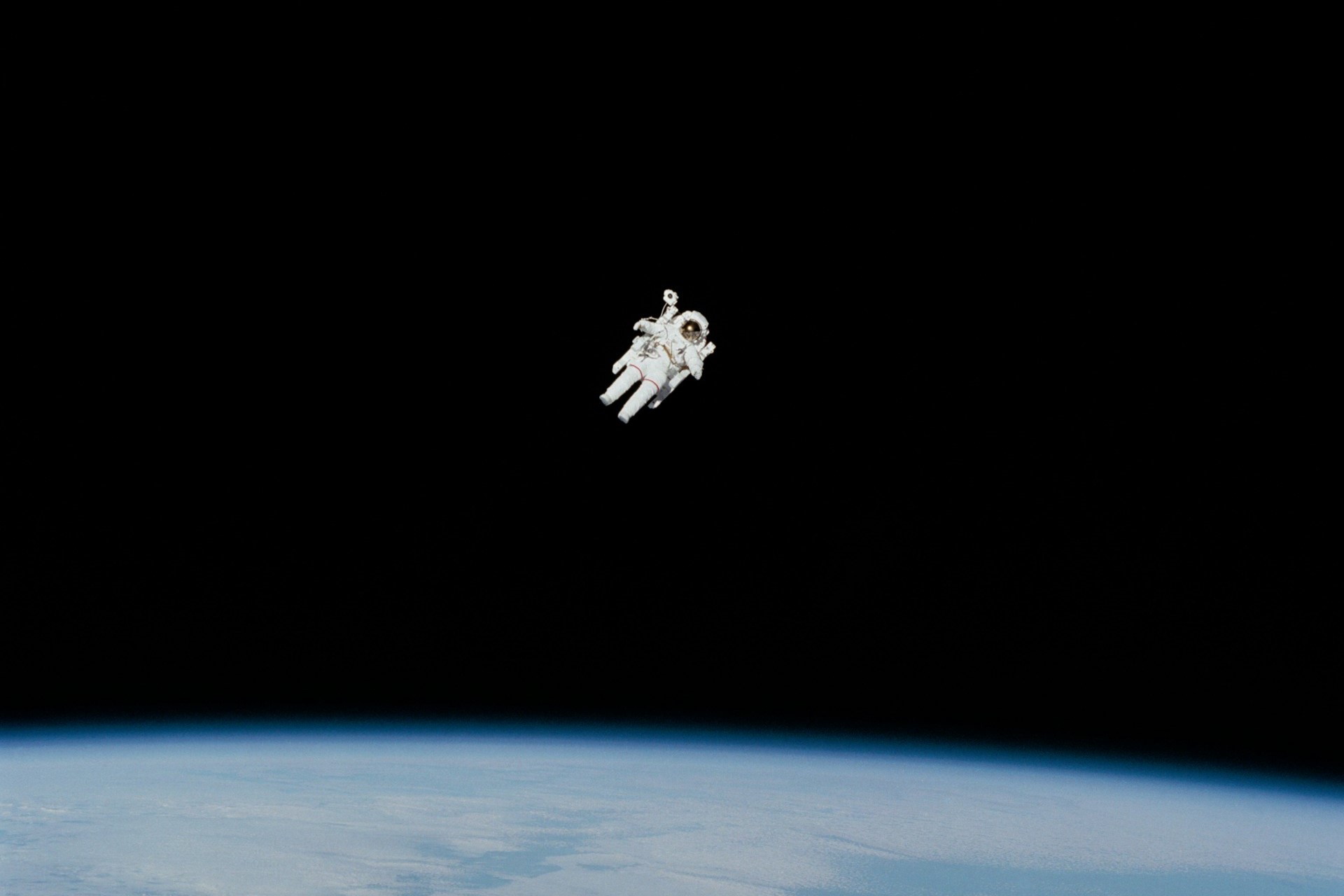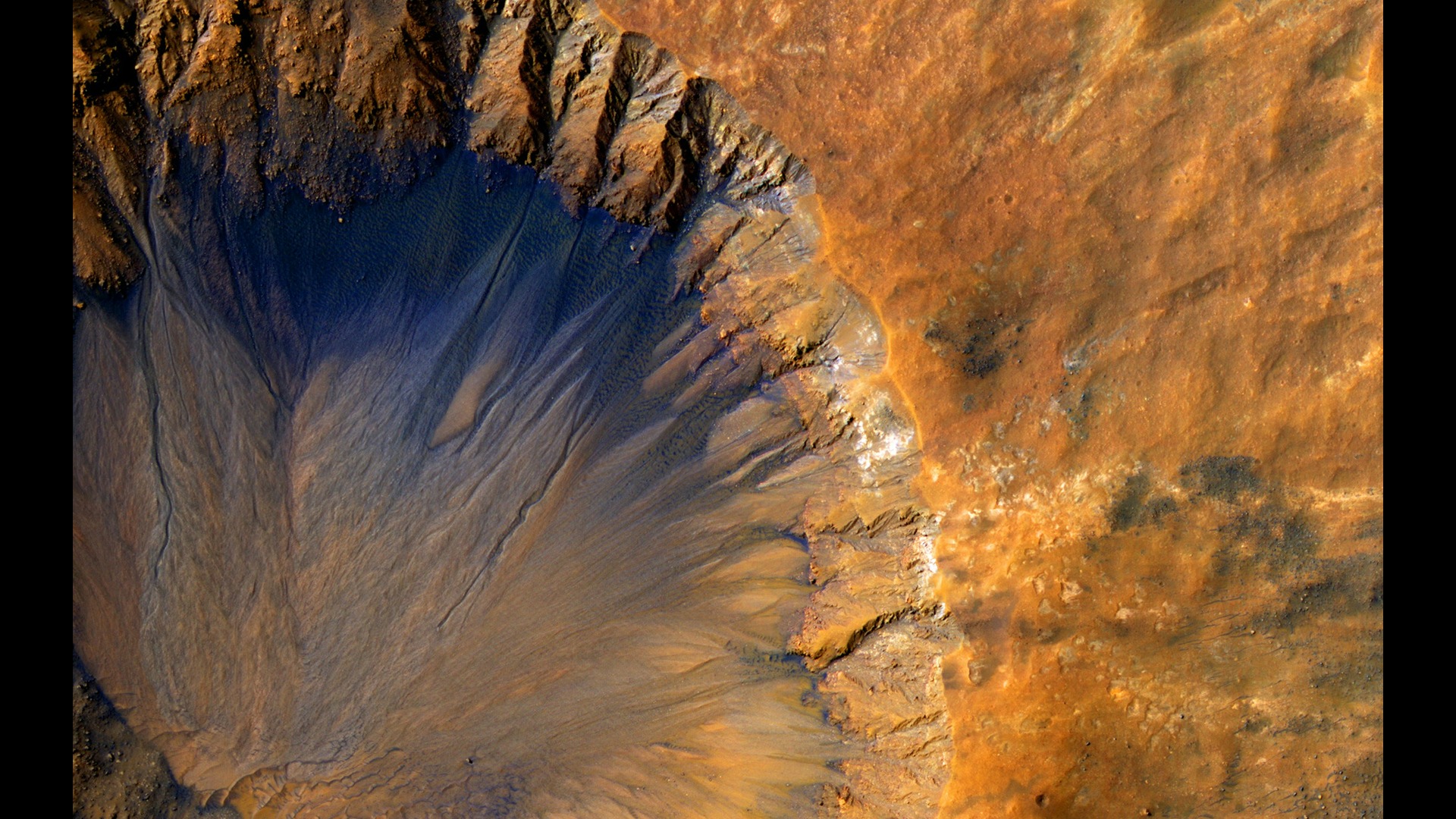
The Fast and the Curious: How’s Big Data Changing Astronomy?
July 5, 2016 - Emily Newton
Revolutionized is reader-supported. When you buy through links on our site, we may earn an affiliate commission. Learn more here.
The Big Bang is happening again. Yes, it’s happening in astronomy. No, not with planets and stars. This time, it’s with 1’s and 0’s and pixels. It’s a Big Data Bang. An unprecedented explosion of information about millions of stars and galaxies. Big data is changing the face of astronomy—and astronomers will never look back. Or should they?
Astronomy’s Big Data Breakthroughs
Thanks in part to Moore’s Law, the prediction that the amount of data storable on a silicon chip doubles every 2 years, modern-day technologies—especially the technologies of astronomy—are advancing at breathtaking speed.
Astronomical instruments and detectors can look farther into space and broader across the sky than ever before possible. Today’s telescopes are 30 times larger than they were 30 years ago, and detectors are 3000 times more powerful.
With every new technological advance, we seem to open a trapdoor to even greater amounts of data about the universe. Cases in point:
2000-Present: The Sloan Digital Sky Survey (SDSS)
- At the time of its inception, the SDSS was the largest map of the universe ever created. It yielded a 1000% increase in the amount of data gathered by astronomers.
2003-2007: The Galaxy Evolution Explorer (GALEX)
- The GALEX mission was one of the first to do an ultraviolet study of the entire sky versus a single ultraviolet source. It gathered data on millions of galaxies representing 10 billion years of cosmic time.
2009: Kepler Space Telescope
- The Kepler Space Telescope delivered data that took the number of known exoplanets into the thousands.
As time and technology progress, astronomers are gathering more and more data on the objects of the universe. The classic challenge of astronomy, how to observe and gather information, has largely been solved. But this leads to another challenge: Is it possible to have too much information?
Problem 1: The Runaway Data Train
With technology advancing at breakneck speed, astronomy is poised to welcome a new generation of scientific instruments that will deliver data dwarfing anything we’ve seen to date.
2022: Large Synoptic Survey Telescope (LSST)
- Planned for 2022, the LSST will be able to map the entire sky every few days and promises to gather 30 terabytes of data per night.
2025: Square Kilometer Array (SKA)
- The SKA will be the most sensitive radio instrument in existence — and the largest radio telescope in the world. In a single year, experts expect it to deliver more data than is currently on the Internet.
Translation: astronomers will be gathering astronomical amounts of data. Literally. (More data than the Internet?) As they do so, the exponential increase in the amount of data could outpace their ability to analyze it.
Problem 2: The Box of Gold
The ultimate risk is that if astronomers do not properly examine all this data, they could be looking for scientific answers that lie hidden in the data they already have. Like the fable of the man who lives his entire life as a beggar… unaware that the box he is sitting on is filled with gold. This is only a problem if the focus of astronomy remains primarily on data gathering as opposed to data analysis — opening the box and discovering the gold. Luckily, another emerging trend known as citizen science could balance the storm of data that lies just beyond the horizon.
The Rise of Collective Intelligence (An Army of Armchair Astronomers)
Alongside the explosion in data collection came the trend of ordinary citizens joining the process of studying astronomy data. Aside from its large data archive, a great legacy of the Sloan Digital Sky Survey was the fact that its images were available to the general public — scientists and laypeople alike. Now anyone, whether astronomer or astronomy enthusiast, could explore high-quality data and images from the farthest reaches of space.
Going a step further, the Sloan Digital Sky Survey powers the Galaxy Zoo website. People anywhere in the world can collectively help classify galaxies in the online database. Like a Wikipedia for studying the cosmos.
What does all this mean? As the amount of astronomy data skyrockets (no pun intended), there’s a growing opportunity for the public to assist with its analysis. While a small community of astronomers continues to look outward, gathering ever more data on the cosmos, the global community of astronomy enthusiasts can start to look inward — helping to mine the wealth of pre-existing data for answers that might have been there all along.
Feature Image Credit: Flickr | This image was modified under the following license.
Revolutionized is reader-supported. When you buy through links on our site, we may earn an affiliate commission. Learn more here.
Author
Emily Newton
Emily Newton is a technology and industrial journalist and the Editor in Chief of Revolutionized. She manages the sites publishing schedule, SEO optimization and content strategy. Emily enjoys writing and researching articles about how technology is changing every industry. When she isn't working, Emily enjoys playing video games or curling up with a good book.







